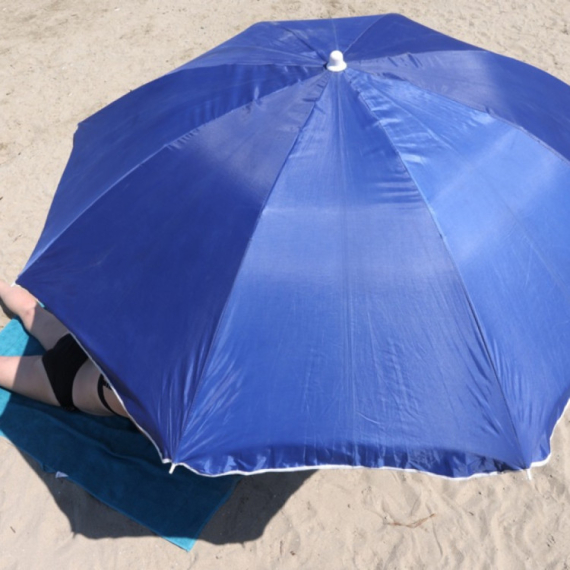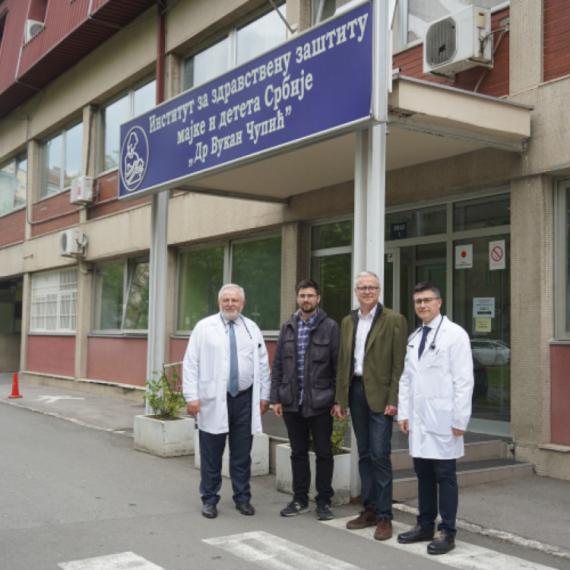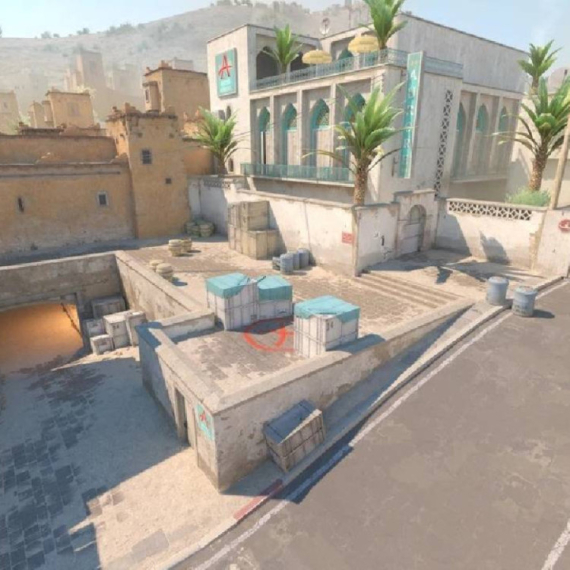Viminacium - Serbia's spectacular archaeological site
An hour's drive southeast from Belgrade lies one of Serbia's most interesting archaeological sites - the former ancient Roman town of Viminacium.
Thursday, 12.07.2012.
17:39

KOSTOLAC An hour's drive southeast from Belgrade lies one of Serbia's most interesting archaeological sites - the former ancient Roman town of Viminacium. Near Viminacium is another exciting location - the last residence of a group of prehistoric woolly mammoths. Viminacium - Serbia's spectacular archaeological site This last discovery recently stirred excitement among experts both in Serbia and abroad. As the key part of the popular scientific and tourist route dubbed "The Road of Roman Emperors," the archaeological park Viminacium in eastern Serbia has caught the eye of ancient history and archaeology enthusiasts. It also has also for years represented a good example of combining science and entrepreneurship, being the best-run archaeological site in Serbia - whose territory was home to 17 Roman emperors. The discovery of a female mammoth about one million years old, named "Vika", which was made in 2009, has given a special charm to this location, spreading across the Kostolac coal strip mines and under nearby corn fields. Except for the fact that Vika is among the oldest mammoths in the world - it lived and died in the prehistoric era of Miocene - and that so far only around 20 such mammoths have been found, what makes the discovery even more interesting is that the skeleton has been preserved on-site, some 270 meters south of the Viminacium Imperial Mausoleum, and that it has not yet been relocated from its natural environment. (Tanjug) In June, however, an excavator digging ore at the Nosak locality, two kilometers away from where Vika is located, discovered the bones of another, younger mammoth - Nosko. Soon after that, it proved that this site hides several woolly mammoths about 100,000 years old, which died there. The expert public was excited about this discovery, since, as Tanjug learned from Viminacium Project Director Miomir Korac, "there are not many such sites in the world." "It is hard to say how many mammoths lie here. We have successive appearance of one individual at every 30 meters. We have opened an area of 230 meters, where we have also found bones which do not belong to mammoths. This will be a great surprise because we might come across several different things," he said. When it comes to the species of the newly discovered mammoths, Korac said "they were hairy, woolly mammoths known from the Ice Age movie, 60, 70 or even 100,000 years old, and they differ from Vika, who is one million years old." Miomir Korac (Tanjug) Despite the fact that the temperature at the surface mines - which looks like the surface of the moon with different shades of black, brown and gray - these days exceeds 50 degrees Celsius, a group of archaeologists and other experts are working hard and in overdrive so as to relocate all the bones to a special park which is to be build in Viminacium, since Kostolac has to continue with ore exploitation. "Like one of our young colleagues remarked, it's better to have 40 archaeologists cooking at plus 40 or 40 degrees, than to have seven million Serbs shivering in the winter," Korac said, in reference to the strip mine's importance for the country's electrical power production. The plan is to relocate both the newly discovered mammoths and Vika to a single paleontological park, which Korac said should happen by the end of the year. (Tanjug) It seems that luck does favor the bold and the hard working, because soon after the discovery of the mammoth remains, the archaeologists found tombs containing gold jewelry from the 2nd century AD. The work on that location has been temporarily suspended so that all available resources could be allocated to the mammoth fields, but the experts' curiosity has been piqued by the fact one of the people dead buried there had been placed in a tomb sealed with lime. "Was that because of the plague?," Korac wondered. "Did they know something we do not know, did they use lime as a disinfectant? We are now learning, that archaeology is a science of the future. We're gathering information now that will help us in the future." In the meantime, and despite the heat wave that has been gripping Serbia for weeks, large groups of tourists, and recently a group of Austrian students, have been visiting the site - the former Roman military camp and provincial capital, where Vika is "standing guard" overlooking the strip mine - at least until later in the year when her remains will be relocated. (Tanjug) Tanjug
Viminacium - Serbia's spectacular archaeological site
This last discovery recently stirred excitement among experts both in Serbia and abroad.As the key part of the popular scientific and tourist route dubbed "The Road of Roman Emperors," the archaeological park Viminacium in eastern Serbia has caught the eye of ancient history and archaeology enthusiasts.
It also has also for years represented a good example of combining science and entrepreneurship, being the best-run archaeological site in Serbia - whose territory was home to 17 Roman emperors.
The discovery of a female mammoth about one million years old, named "Vika", which was made in 2009, has given a special charm to this location, spreading across the Kostolac coal strip mines and under nearby corn fields.
Except for the fact that Vika is among the oldest mammoths in the world - it lived and died in the prehistoric era of Miocene - and that so far only around 20 such mammoths have been found, what makes the discovery even more interesting is that the skeleton has been preserved on-site, some 270 meters south of the Viminacium Imperial Mausoleum, and that it has not yet been relocated from its natural environment.

The expert public was excited about this discovery, since, as Tanjug learned from Viminacium Project Director Miomir Korać, "there are not many such sites in the world."
"It is hard to say how many mammoths lie here. We have successive appearance of one individual at every 30 meters. We have opened an area of 230 meters, where we have also found bones which do not belong to mammoths. This will be a great surprise because we might come across several different things," he said.
When it comes to the species of the newly discovered mammoths, Korać said "they were hairy, woolly mammoths known from the Ice Age movie, 60, 70 or even 100,000 years old, and they differ from Vika, who is one million years old."

"Like one of our young colleagues remarked, it's better to have 40 archaeologists cooking at plus 40 or 40 degrees, than to have seven million Serbs shivering in the winter," Korać said, in reference to the strip mine's importance for the country's electrical power production.
The plan is to relocate both the newly discovered mammoths and Vika to a single paleontological park, which Korać said should happen by the end of the year.

"Was that because of the plague?," Korać wondered. "Did they know something we do not know, did they use lime as a disinfectant? We are now learning, that archaeology is a science of the future. We're gathering information now that will help us in the future."
In the meantime, and despite the heat wave that has been gripping Serbia for weeks, large groups of tourists, and recently a group of Austrian students, have been visiting the site - the former Roman military camp and provincial capital, where Vika is "standing guard" overlooking the strip mine - at least until later in the year when her remains will be relocated.














































Komentari 11
Pogledaj komentare